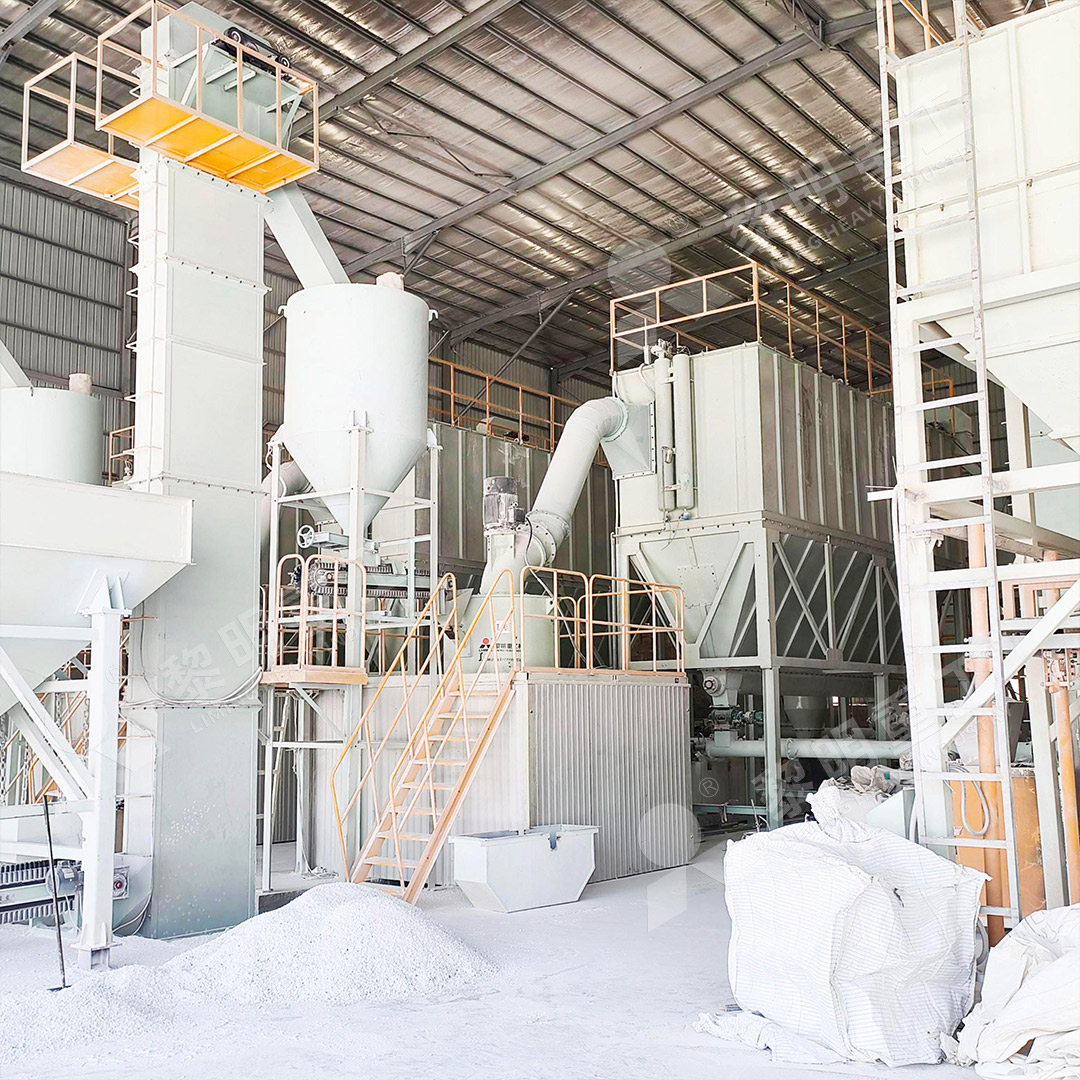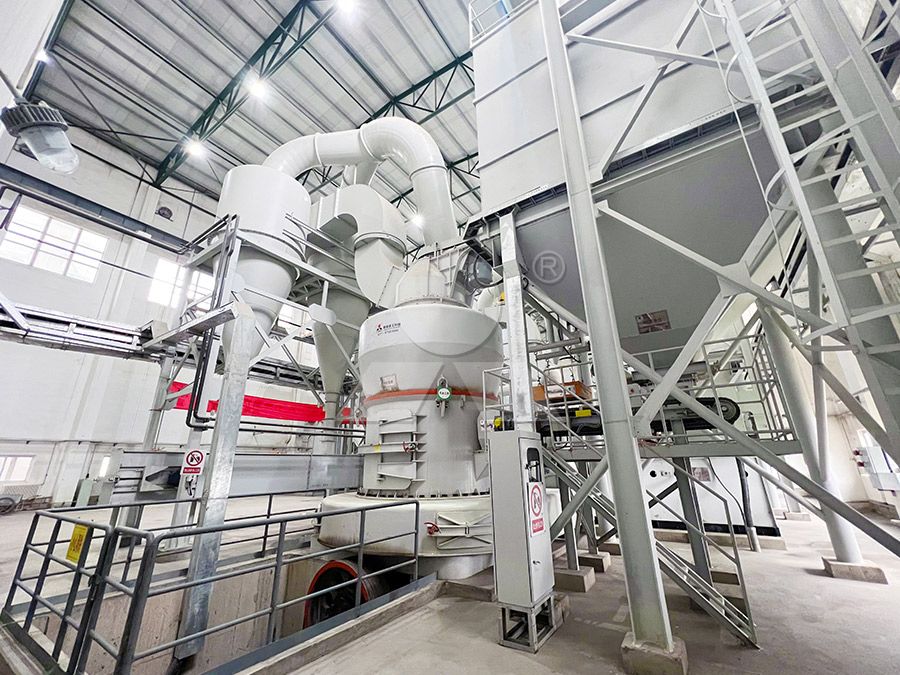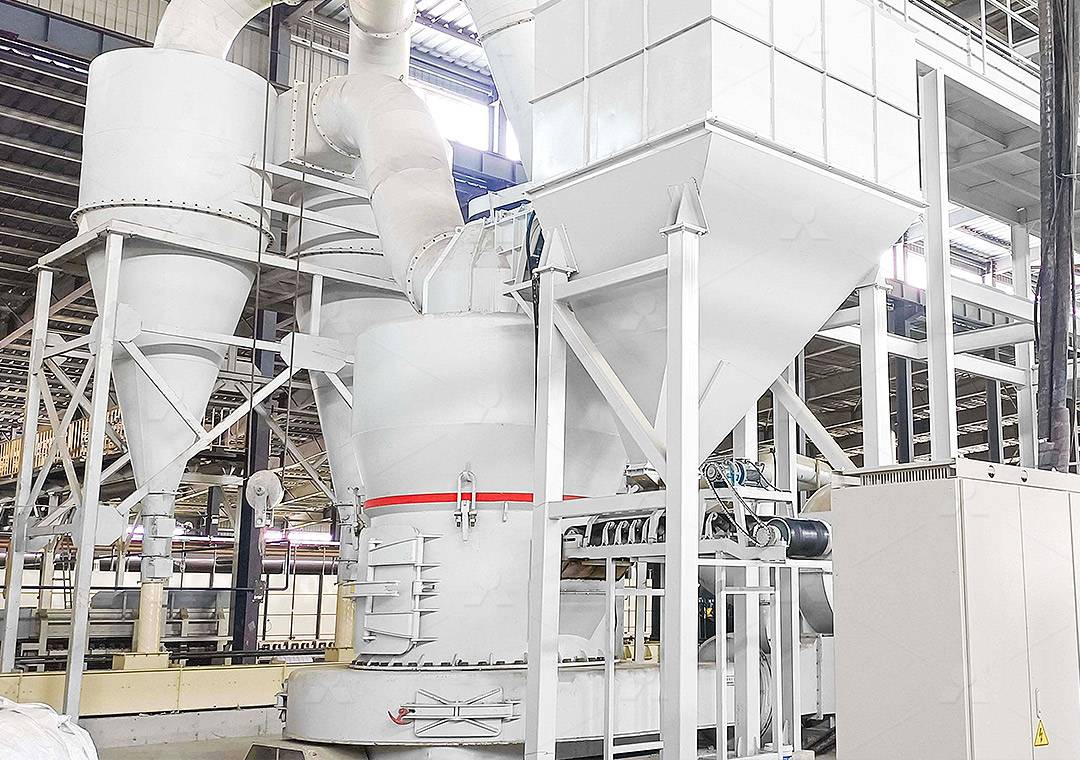Limestone Grinding Mill Machine: Key Features and Applications
Limestone Grinding Mill Machine: Key Features and Applications
In today’s industrial landscape, the demand for finely ground limestone continues to grow across multiple sectors. From construction materials to chemical manufacturing, the quality of limestone powder directly impacts final product performance. Selecting the right grinding equipment becomes crucial for operations seeking optimal efficiency and product quality.
Modern limestone grinding mills have evolved significantly from traditional ball mills, incorporating advanced technologies that enhance precision, reduce energy consumption, and minimize environmental impact. These machines now offer unprecedented control over particle size distribution while maintaining operational reliability.

The Critical Role of Precision Grinding
Limestone’s versatility stems from its chemical composition and physical properties. When ground to specific fineness levels, it serves as a vital component in products ranging from plastics and paints to pharmaceuticals and food additives. The grinding process must achieve consistent particle size while preserving the material’s inherent characteristics.
Among the advanced solutions available, our MW Ultrafine Grinding Mill stands out for operations requiring superior fineness control. This machine represents a significant leap forward in grinding technology, specifically engineered for customers who need to produce ultra-fine powder with exceptional consistency.
Advanced Features for Modern Applications
The MW Ultrafine Grinding Mill incorporates several proprietary technologies that distinguish it from conventional grinding equipment. Its newly designed grinding curves for the grinding roller and ring significantly enhance grinding efficiency. Independent testing confirms that with identical fineness and power consumption, the production capacity exceeds that of jet grinding mills and stirred grinding mills by 40%, while doubling the output of traditional ball grinding mills.
What truly sets this equipment apart is its remarkable energy efficiency. The system energy consumption registers at just 30% of comparable jet grinding mills, making it both economically and environmentally superior. The cage-type powder selector, incorporating German technology, ensures precise powder separation with adjustable fineness ranging from 325 to 2500 meshes.

Engineering Excellence in Design
Beyond performance metrics, the MW Ultrafine Grinding Mill demonstrates thoughtful engineering through its operational design. The absence of rolling bearings and screws within the grinding chamber eliminates concerns about bearing damage or seal failures. This design choice also prevents machine damage from loose screws, a common issue in traditional mills.
The external lubrication system enables maintenance without shutdowns, supporting continuous 24-hour production cycles. Combined with the efficient pulse dust collector and integrated muffler system, the machine operates with minimal environmental impact, consistently meeting national environmental protection standards.
Broad Industrial Applications
Limestone grinding mills serve diverse industries with equal effectiveness. In construction, they produce fine powders for dry-mix mortars and asphalt mixtures. The chemical industry utilizes ground limestone as fillers in plastics, rubber, and adhesives. Food and pharmaceutical applications demand the highest purity levels, where consistent fineness and contamination control become paramount.
For operations requiring slightly different specifications, our LUM Ultrafine Vertical Grinding Mill offers an excellent alternative. Independently developed with the latest Taiwanese grinding roller technology and German powder separating technology, this mill integrates ultrafine powder grinding, grading, and transporting in a single efficient system.
Operational Considerations
Successful limestone grinding operations depend on more than just equipment selection. Proper feed size control, moisture management, and system integration all contribute to optimal performance. The MW Ultrafine Grinding Mill accepts input sizes up to 20mm with capacity ranging from 0.5 to 25 tons per hour, providing flexibility for various production requirements.
Digital processing technologies ensure high machining precision, particularly for core components. With numerical control governing operations from steel cutting to paint spraying, manufacturers achieve consistency that translates to reliable field performance.

Frequently Asked Questions
What industries commonly use limestone grinding mills?
Limestone grinding mills serve numerous industries including construction (cement, concrete), chemicals (plastics, paints), agriculture (soil treatment), food (additives), and pharmaceuticals (calcium supplements).
How does the MW Ultrafine Grinding Mill achieve energy savings?
Through optimized grinding curves, efficient motor design, and advanced powder separation technology, the MW mill reduces energy consumption by up to 70% compared to traditional jet mills while maintaining higher output.
What maintenance requirements should operators expect?
The MW Ultrafine Grinding Mill requires minimal maintenance thanks to its bearing-free grinding chamber design and external lubrication system. Regular inspections and occasional replacement of grinding elements constitute the primary maintenance needs.
Can the same mill process materials other than limestone?
Yes, the MW Ultrafine Grinding Mill effectively processes various non-metallic minerals including calcite, dolomite, petroleum coal, gypsum, barite, marble, talc, and coal powder, making it versatile for different production requirements.
What particle size range can be achieved?
The MW mill produces powders ranging from 325 to 2500 meshes, with the capability to achieve d97≤5μm in a single pass, providing exceptional control over final product specifications.
